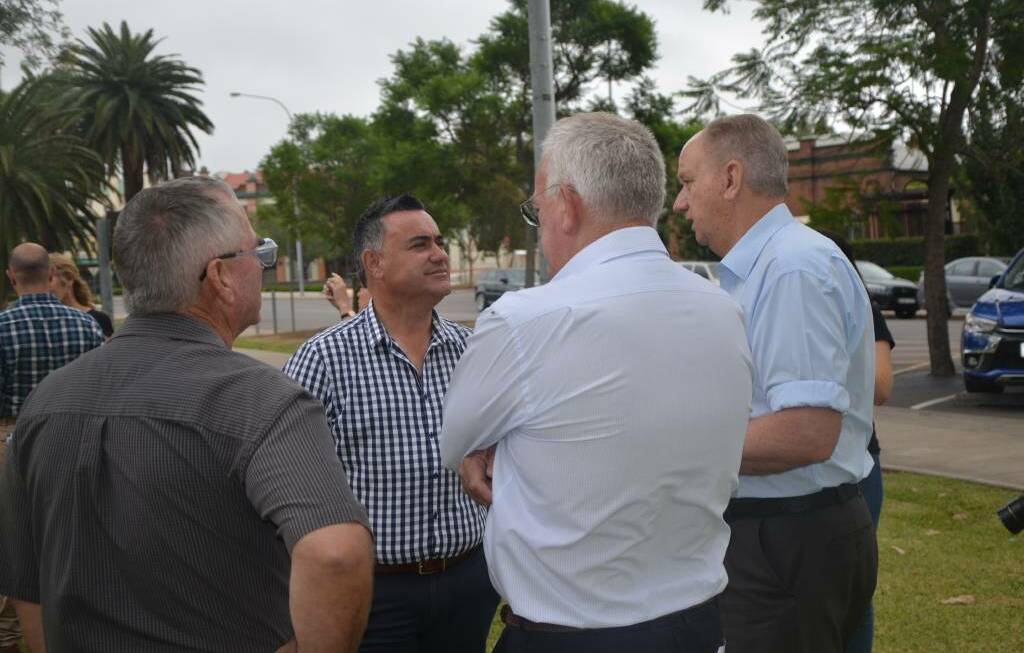
THE Hunter Business Chamber (HBC) is keeping a close eye on Tuesday's State Budget.
Subscribe now for unlimited access.
$0/
(min cost $0)
or signup to continue reading
The organisation hopes the NSW Government's upcoming financial plan includes funding for the delivery of regionally-significant infrastructure projects promised during this year's election campaign.
Specific reference was made to the Muswellbrook Bypass.
In February, NSW Deputy Premier and Nationals Leader John Barilaro revealed that the Gladys Berejiklian government would inject $266 million to have construction started by 2022.
"We've made some tough decisions over the past eight years," he said during a press conference.
"We've got the budget in the black and we've got the ability to actually build the infrastructure on our own.
"We're making the decision to act now after growing tired of a lack of compromise at federal level."
"By the state making the decision to take over full responsibility of the bypass, it actually cuts out a whole bureaucratic layer," Upper Hunter MP Michael Johnsen added.
The 9.1km bypass would begin about 1km south of the New England Highway intersection at Muscle Creek Road, and reconnect to the existing highway about 1.2km north of Sandy Creek Road.
"Some substantial commitments were made during the campaign and the chamber, along with our community, hopes to see money allocated in the budget to advance the planning, design and construction of these projects," HBC president Hennie du Plooy said on Monday.
"They include $780 million for the John Hunter Hospital redevelopment; $266 million to fully fund the Muswellbrook bypass; $205 million on top of a previously committed $70 million to duplicate Nelson Bay Road from Williamtown to Bobs Farm; $188 million for the Fingal Bay Link Road; $25 million indoor sports stadium at Hillsborough; and $7 million for a Nelson Bay TAFE campus.
"Beyond infrastructure, we're looking for measures from the budget that will boost business confidence and create economic opportunity by encouraging businesses to invest, grow and employ."
These include payroll tax concessions for regional SMEs, relief on energy costs, through the removal of state taxes and levies on energy bills, and a greater focus on skills training to tackle youth unemployment and industry skills shortages.

